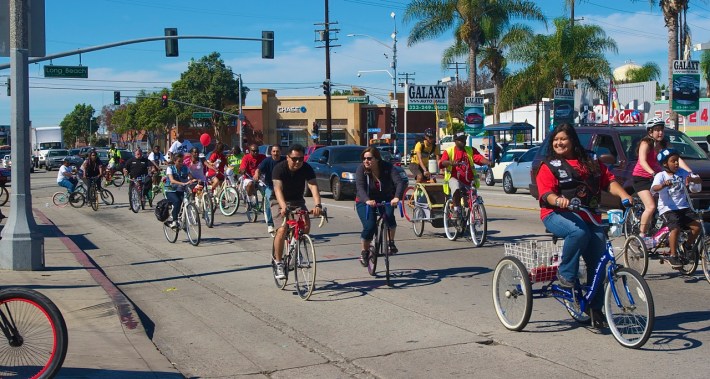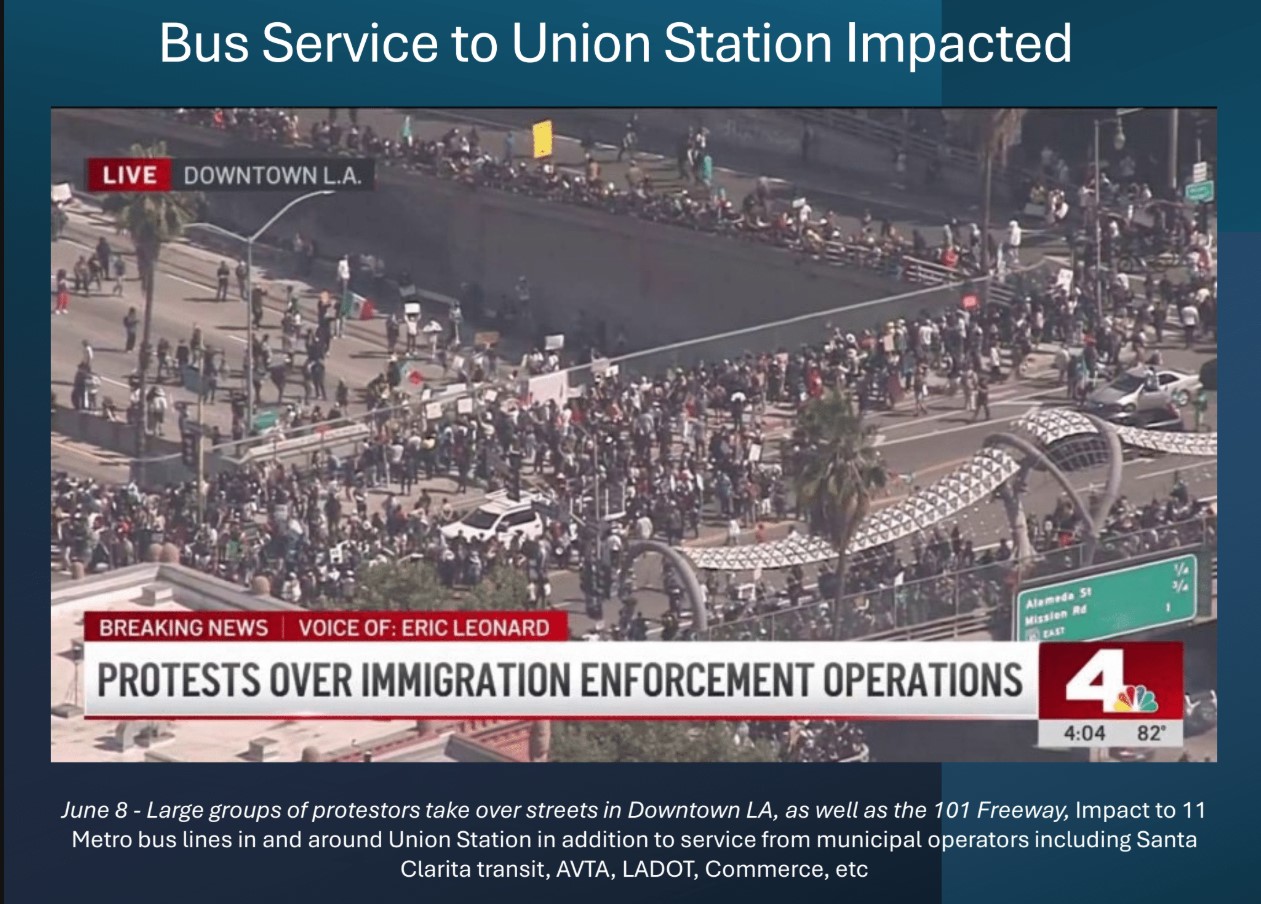
The proposed California-wide bicycle helmet law has stirred up a passionate debate on blogs and bike club lists as well as in the media. Unfortunately, many discussions have degraded quickly into name-calling and personal insults--like the oh-so-droll "hard-headed bicyclists" headline several media outlets thought was so clever. Many people also expressed off-the-point misunderstandings of objections to the proposal, and questionable statistics have been endlessly repeated.
But there's no need to settle the question of whether, in total, a helmet law will make bicycling safer. What's at issue is whether it's a wise idea for the state to pass a law that would require every bicycle rider to wear a helmet.
I propose a thought experiment: let's explore some potential outcomes of a helmet law. The points below are not meant to be arguments for or against S.B. 192. Instead, they are an attempt to think through as many different possible repercussions of a mandatory helmet law in California as possible. If something is missing, add it in the comments.
If California were to pass S.B. 192:
- More bicycle riders would wear helmets. Bike riders who currently don't wear a helmet would have to either obtain a helmet, break the law, or stop riding. Some of them would choose to obtain a helmet.
- Fewer people would ride bicycles. In Australia, which has a law requiring bike helmets for adults, one survey found that the increase in the number of cyclists wearing helmets after the law was passed was less than the decrease in the overall number of cyclists. In the US, where 22 states have laws requiring youth to wear helmets when they ride, researchers have found a significant reduction in the number of kids riding bikes.
- A state helmet law would “prove” that bicycling is a dangerous activity that requires special protection. Fewer potential new bicyclists would be willing to take the “risk” of riding.
- Fewer bicycle riders would lead to decreased safety for remaining riders, as drivers become less accustomed to having to watch out for bicycles.
- Fewer people would enjoy the health benefits of bicycling, like weight loss, improved circulation, stronger muscles, and reduced stress.
- The overall safety of bicycle riders may or may not improve. Some serious head injuries would be prevented, and other serious injuries would not. Some car drivers would drive less cautiously near bicycle riders. And as stated above, fewer bike riders could lead to less safe conditions. Overall risk might decrease, but it may very well increase.
- Those who ride without helmets would become criminals and scofflaws. “You would make half of the current cyclists in L.A. lawbreakers just by passing this law,” said Eric Bruins of LACBC. People of color, low-income riders, “the 'invisible cyclists'--those who are hard to reach, hard to educate, and susceptible to being over policed,” in Bruins' words--would be subject to profiling and harassment by police and others if they were to ride without helmets (even more so than they already are). Anyone who forgets, loses, or breaks her helmet would have to forgo riding or risk being stopped and ticketed.
- Lack of a helmet would automatically be recorded by the police, and reported by the media, as if it were a contributing factor in a crash. Oh, wait—this one is already true. The difference with a helmet law is that this kind of poor reporting, which now makes it difficult to collect useful data about bicycle crashes, would be seen as justified--and further reduce knowledge about actual safety risks and crash causes.
- Anti-bike op-ed writers and bicycle-haters in general would have new ammunition against the “legions of scofflaw bicyclists” they see blocking their progress everywhere. People would feel justified for giving bicyclists a hard time for not wearing a helmet. The popular excuse for dumb driver moves-- “I didn't see her!” --would be joined by the new, “She wasn't wearing a helmet!”
- A bicycle rider without a helmet who is involved in a crash would be considered negligent under insurance rules. Even if the bicycle rider were utterly without fault, lack of a helmet could be used against her, and it would be difficult to impossible to collect for damages.
- Police would spend more time ticketing bicycle riders. Because helmetless bicycle riders are much easier to spot than a phone held in a driver's lap, police would be more likely to ticket bicycle riders than people engaged in an activity that is actually dangerous, like texting while driving.
- State investments in new bike infrastructure would be underused. California would have a harder time reaching its environmental goals. Traffic congestion would continue increasing, and space given to bicycles would come to be seen as a “waste.” What gains have been made in terms of road diets and protected bike lanes would be threatened by calls for more space for cars.
- The state would be pushed to dedicate funding to give away helmets. It wouldn't cost much—many of the helmets given away in similar events for youth are donated, or inexpensive—but it would take away from the limited state funds currently set aside for bicycle projects and programs.
- Organizations dedicated to increasing the number of bicyclists in California—for very good environmental, safety, and many other reasons--would spend time advocating for, organizing and writing grants for, and promoting helmet giveaways, drawing time and energy from education and policy advocacy.
- Bikeshare would die. The infant industry, still feeling its way towards financial sustainability, would be faced with figuring out yet one more complex task, and it might be just too much. Costs would increase. Ridership at existing systems would plummet because members don't own helmets or don't carry them around. Bikeshare operators would develop helmet vending machines and experiment with helmet rentals. Someone would contract lice.
- Helmet manufacturers would make money. Attempts would be made to sell helmets as a stylish accessory. New helmet styles would be invented, and some wouldn't look like helmets. Marketing would become more sophisticated, and manufacturers would push people to regularly replace helmets whether necessary or not. Those “airbag” helmets would find a market.
- Bicycle riders would still have little protection from speeding, drunk, or distracted drivers.
So--is passing a helmet law worth the consequences?
If you don't think so, you can sign the California Bicycle Coalition's petition to Senator Liu here.






